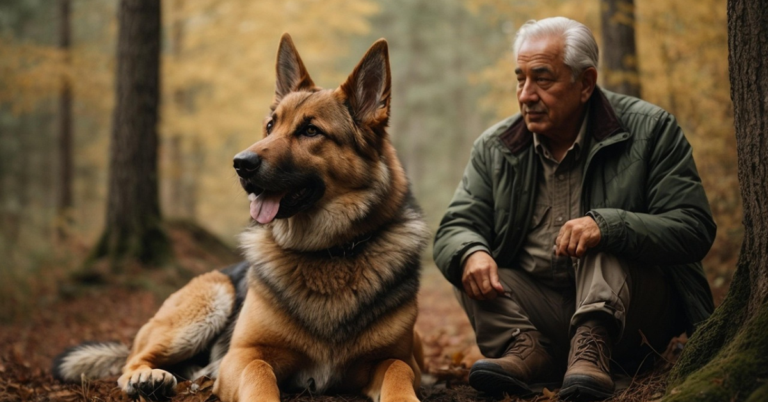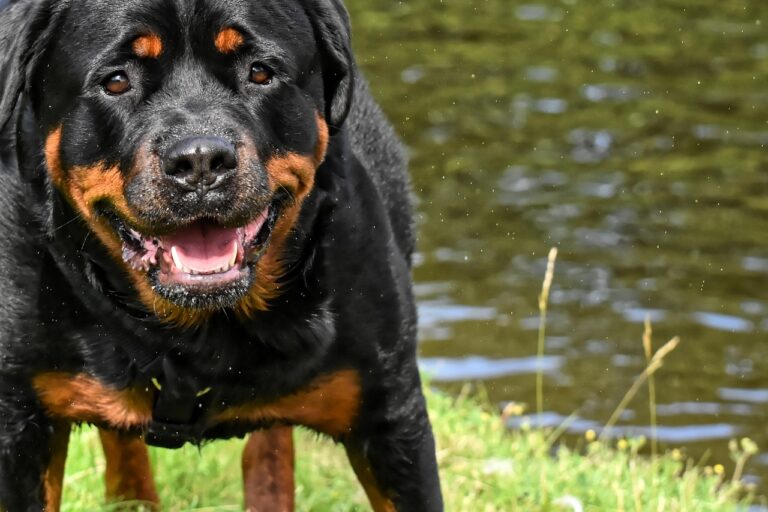10 Unique Traits That Make The Komondor Breed Truly Distinct

It’s not just the cords that make the Komondor stand out—though they certainly turn heads. Beneath that striking coat is a guardian with deep ancestral roots and a fiercely independent spirit. Let’s explore ten unique traits of this one-of-a-kind breed, shaped by tough work, harsh weather, and a legacy few dogs can rival.
Distinctive Corded Coat

The Komondor’s coat naturally forms long, dense cords resembling dreadlocks. This unique fur protects against harsh weather and animal attacks, acting as a natural armor. Maintaining these cords requires specific grooming to avoid matting and keep the coat healthy and functional.
Origins As A Hungarian Livestock Guardian

Developed in Hungary, the Komondor was bred to guard sheep and livestock from predators like wolves and bears. Their protective instincts and physical strength made them essential to shepherds, shaping the breed’s behavior and guarding traits that are still evident today.
Impressive Size And Strength

Weighing between 80 and 100 pounds, Komondors possess a muscular build that supports their role as guardians. Their large size and strength intimidate predators and allow them to defend livestock effectively. Proper exercise is vital to maintain their physical health and muscle tone.
Protective Nature Toward Family
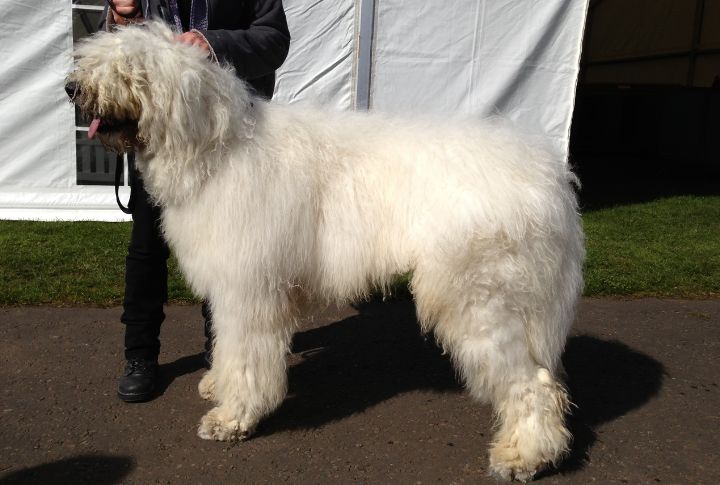
Komondors naturally defend their family and territory with vigilance. Early socialization helps ensure they distinguish between friend and foe, but their guarding instincts remain strong. Owners must commit to training to balance protectiveness with social behavior in various settings.
Exceptional Night Vision

These dogs are well-equipped for nighttime duty, with eyes specially adapted to low-light conditions. Their keen ability to pick up subtle movements in the dark allows them to respond quickly to potential threats, making them highly effective at protecting livestock when visibility is limited.
Extensive Grooming Commitment
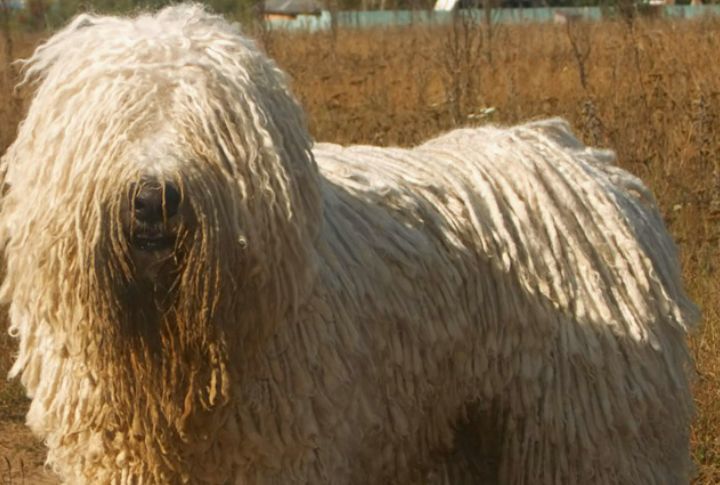
Caring for their corded coat means regularly separating mats by hand and keeping them clean to prevent dirt buildup. Grooming can take 2–3 hours per session, so owners should be ready to commit the time—or consider help from a professional groomer.
Instinct-Driven Dogs Shaped By Early Training
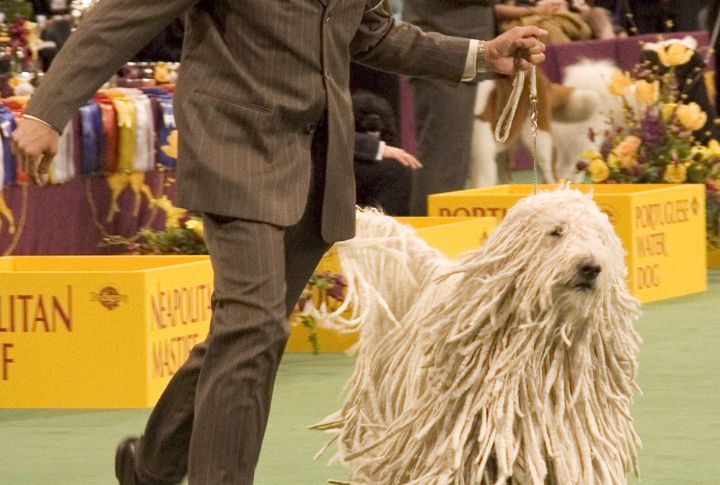
Komondors are uniquely shaped by early-life experiences due to their intense guarding instincts and independent mindset. Unlike many companion breeds, they require structured exposure to people, animals, and environments from a young age to develop into well-adjusted adults. Without it, their natural wariness can turn into aggression.
Adaptability To Cold Climates

The thick, insulating coat makes Komondors well-suited for cold weather, providing protection against wind and snow. However, extreme heat can cause discomfort and overheating. Owners in warmer U.S. regions should monitor temperature exposure and provide adequate shade and hydration.
Relatively Rare And Uncommon In The U.S

Komondors are among the rarest breeds in America, with fewer breeders and limited availability. Their unique care needs and guarding temperament contribute to their low numbers. Prospective owners should research thoroughly and find reputable breeders or rescue organizations
History Of Working Independently Without Supervision

Bred to work alone, guarding flocks without direct human oversight, Komondors possess strong independent judgment. This trait requires owners to be confident and consistent trainers, as the dogs rely on instincts rather than constant commands, making them less suited to novice owners.

